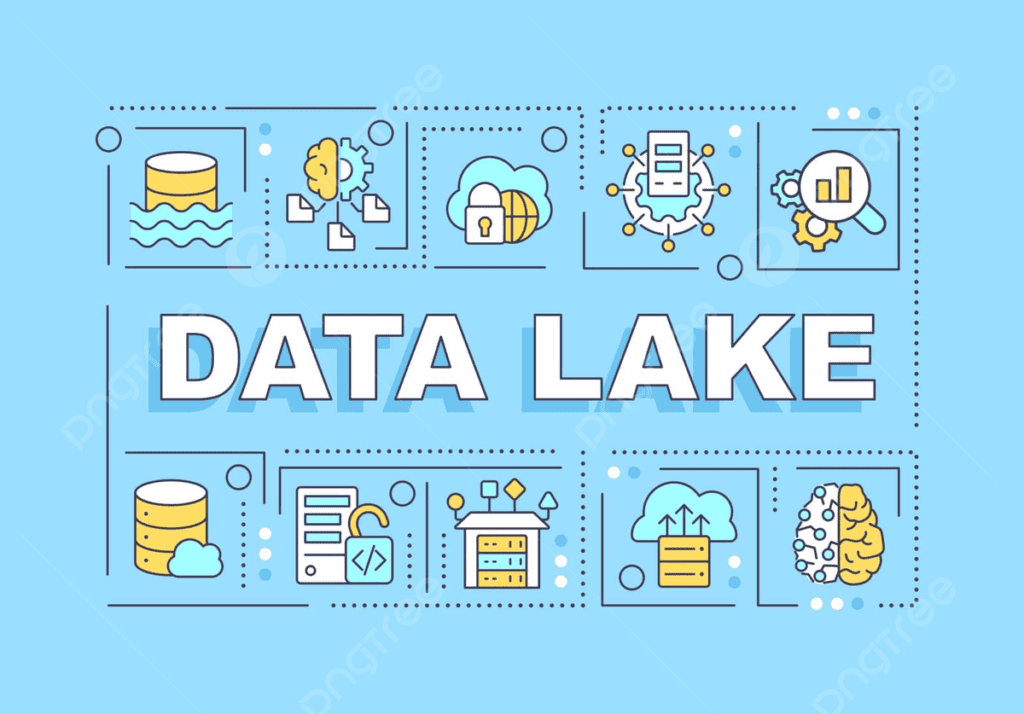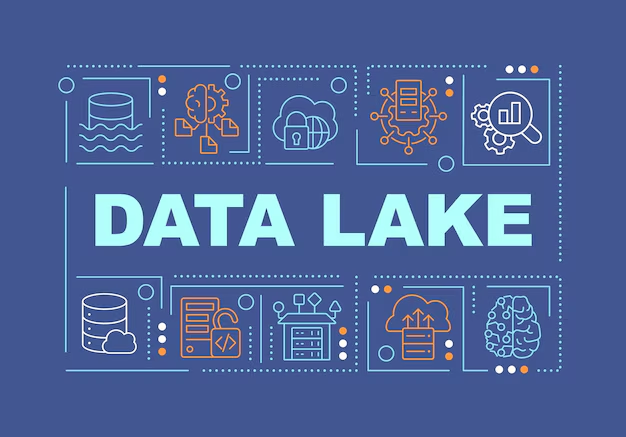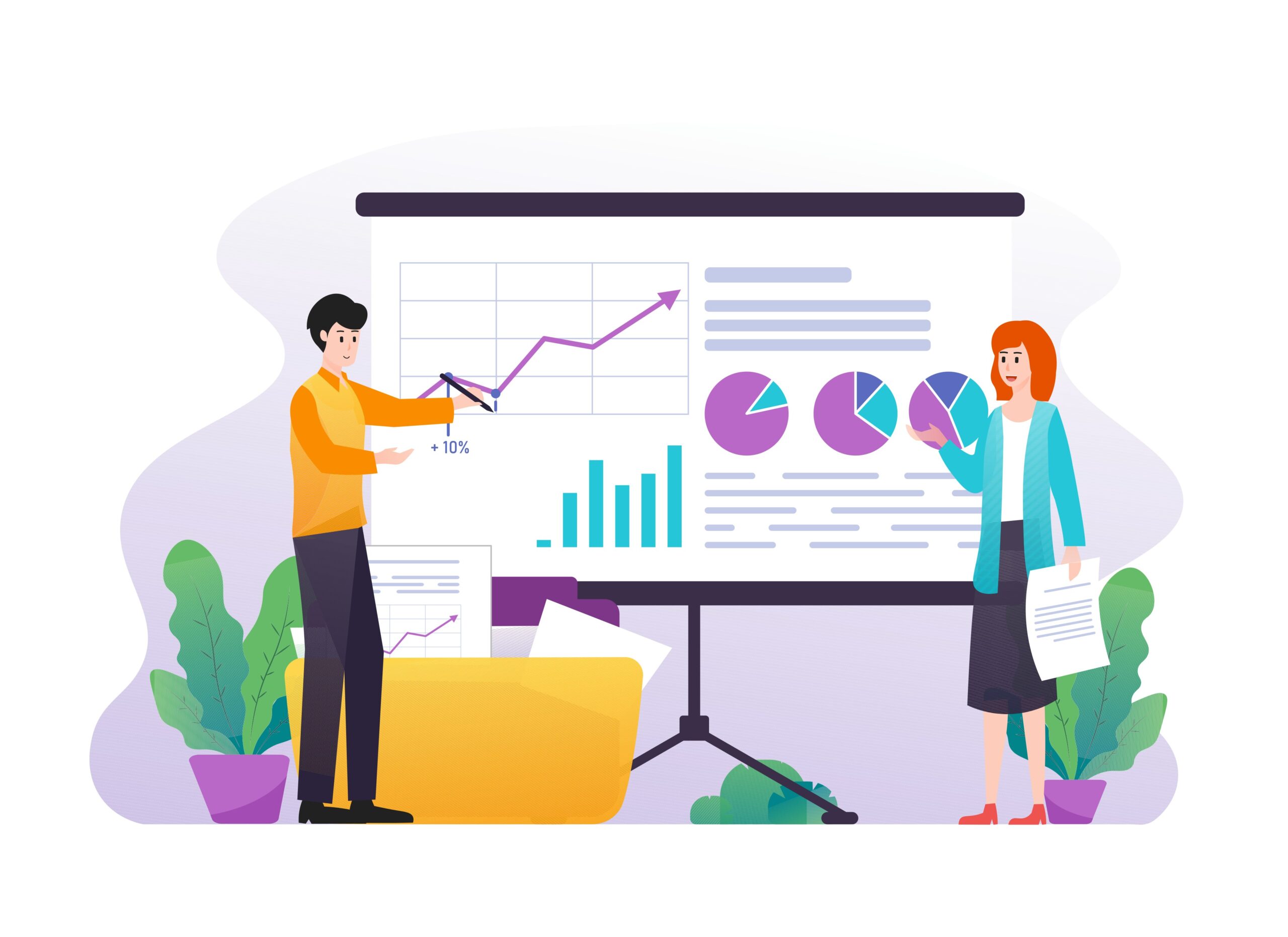How to Leverage Data Lakes for Scalable Analytics
Table of Contents
Data lakes provide a significant advantage by centralizing diverse data sources, enabling organizations to consolidate information from various silos into a single, unified foundation. This centralized structure empowers businesses to scale their analytics capabilities, allowing for the application of big data, search, and analytics techniques to merge and analyze data in ways that were previously unattainable.
Beyond just storage, data lakes support scalable analytics by offering robust security features, effective access controls, and simplified data normalization and enrichment. They also enable global data aggregation, allowing businesses to scale up their data efforts and make better, more informed decisions. By promoting data democratization within an organization, data lakes foster agility and innovation, empowering teams to make data-driven decisions faster and more efficiently. In this article, we’ll explore how leveraging data lakes can unlock scalable analytics, making them a powerful tool for organizations seeking to harness the full potential of their data.

What is a Data Lakes?
Imagine a huge, undisturbed lake filled with various types of water sources – rain, streams, rivers – all flowing into it, creating a diverse and rich body of water. In the world of data, that’s essentially what a data lake is. A data lake is a centralized repository where large amounts of raw data can be stored in their native format until needed.
Unlike traditional databases where data must be processed before storage, data lakes allow businesses to store data in its rawest form. This makes it easier to collect data from a variety of sources – from customer interactions, website behavior, IoT devices, social media platforms, and more – without having to clean and structure it beforehand.
So, why does that matter? Because this gives businesses the flexibility to store structured data (like customer transaction records) and unstructured data (like social media posts or video files) all in one place. And, when you need it, you can process and analyze that data for meaningful insights.
The Need for Scalable Analytics
Before diving into how to leverage data lakes for scalable analytics, let’s first understand why scalability in analytics is so crucial. As businesses grow, so does the amount of data they generate. Scalable analytics refers to the ability to manage and analyze increasingly large volumes of data without compromising on performance or efficiency.
Imagine running a small business. You’re only gathering basic data, and your current systems are handling it fine. But as your business grows, you start collecting more data – customer reviews, social media interactions, sales trends, etc. This data soon becomes too large and complex for traditional systems to handle. This is where scalable analytics, enabled by data lakes, comes into play.
With data lakes, you’re not just storing more data – you’re preparing your infrastructure to handle that data efficiently, without facing the bottlenecks traditional data warehouses might present.
Key Benefits of Using Data Lakes for Scalable Analytics
Cost Efficiency
The beauty of data lakes lies in their low cost of storage. Storing raw, unstructured data in its native format doesn’t require expensive transformation processes, which means you’re reducing costs associated with data cleaning and preparation.Flexibility
Data lakes provide immense flexibility. Whether your data is structured (think numbers and spreadsheets) or unstructured (think images or videos), data lakes allow you to store it all in one place. And, because data lakes can accommodate data from various sources, your team can access a rich pool of data without worrying about compatibility issues.Scalability
The very nature of data lakes makes them scalable. As your business grows and the volume of data increases, your infrastructure won’t falter. A well-designed data lake will allow you to scale up seamlessly and adapt to changing business needs, without the need for major system overhauls.Faster Time to Insights
With data lakes, organizations can quickly analyze large amounts of data without needing to manually sift through it. This leads to faster insights and enables businesses to make more informed decisions at a much quicker pace.Advanced Analytics
Once you have all your data in one place, you can apply various advanced analytics techniques, like machine learning and artificial intelligence. These technologies thrive in data lakes because they require large volumes of data to train algorithms and produce valuable insights.
How to Leverage Data Lakes for Scalable Analytics

1. Build a Strong Foundation
Before you dive into the world of data lakes, it’s essential to build a solid foundation. This means investing in the right infrastructure, cloud services, and tools to manage and access your data lake. Services like Amazon S3, Microsoft Azure, and Google Cloud are popular platforms that provide the necessary infrastructure for data lake storage.
2. Centralize All Your Data
The power of a data lake comes from centralizing all your data sources into one place. This can include structured, semi-structured, and unstructured data. Start by gathering data from various departments within your business, such as marketing, sales, customer support, and even external sources like social media platforms or public datasets.
Centralizing your data ensures that you have a comprehensive view of your business, making it easier to analyze and find actionable insights.
3. Ensure Data Quality
Even though data lakes store raw data, you can’t neglect the quality of the data you store. Raw data may contain inconsistencies, errors, or irrelevant information, which could affect the accuracy of your analytics. As you start populating your data lake, ensure you have mechanisms in place to monitor and improve data quality. This might include setting up automated checks or implementing data governance frameworks.
4. Enable Self-Service Analytics
One of the best features of data lakes is enabling self-service analytics. This means giving non-technical users (like marketers or business analysts) the ability to access and analyze data without needing help from IT. By providing an intuitive interface and analytical tools, you empower your team to find insights and make data-driven decisions independently.
This is where tools like Power BI or Tableau can be helpful. They connect to your data lake and allow users to create visualizations and reports with ease.
5. Apply Advanced Analytics & Machine Learning
Once your data is stored and accessible, it’s time to take advantage of advanced analytics and machine learning. These technologies thrive in data lakes because they need large datasets to make accurate predictions or uncover hidden patterns.
For example, you can apply predictive analytics to forecast customer behavior, or you can use AI-powered algorithms to recommend personalized products to your customers. The possibilities are endless once your data lake is up and running.
6. Ensure Data Security and Compliance
As you manage vast amounts of data, security should always be top of mind. Data lakes store sensitive information, which could expose your business to cybersecurity risks if not properly protected. Ensure your data lake is secure by implementing encryption, access controls, and regular security audits.
Moreover, compliance with data protection regulations, such as GDPR or CCPA, should also be part of your strategy. Proper governance ensures that you handle customer data responsibly and legally.
Common Challenges with Data Lakes and How to Overcome Them
While data lakes offer incredible potential, they’re not without their challenges. Here are some common obstacles and how to tackle them:
Data Swamp: When a data lake becomes disorganized and filled with poorly managed data, it’s often referred to as a “data swamp.” To avoid this, establish a clear data governance strategy and regularly clean and curate the data in your lake.
Complexity: Setting up and maintaining a data lake requires specialized skills and tools. Consider partnering with data professionals or leveraging cloud platforms that offer managed services to simplify the process.
Performance Issues: As the size of your data lake grows, performance can sometimes suffer. To mitigate this, consider using data partitioning, indexing, and caching techniques to optimize performance.
Conclusion: Embrace the Power of Data Lakes
Data lakes offer businesses an incredible opportunity to scale their analytics capabilities and unlock insights that were once out of reach. By centralizing all your data in one place, you’re setting your organization up for success in a world driven by big data.
But remember, success with data lakes doesn’t happen overnight. It requires careful planning, the right infrastructure, and a commitment to data quality and security. When implemented correctly, however, data lakes can provide a solid foundation for scalable analytics, enabling your business to grow, adapt, and make more informed decisions faster.
So, if you’re ready to unlock the power of your data, start building your data lake today and prepare to harness scalable analytics that will drive your business forward.
At Engine Analytics, we understand the potential of data lakes and how they can transform your organization’s data strategy. Get in touch to learn more about how we can help you leverage data lakes for your scalable analytics needs.
Here’s Some Interesting FAQs for You
What are the key features of an actionable dashboard?
Actionable dashboards provide real-time data, visual clarity, easy-to-read KPIs, and interactive elements that allow users to drill down for deeper insights.
How can I integrate real-time data from multiple sources into one dashboard?
Using tools with native connectors (like Looker, Power BI, or DataBricks) and adopting data lakes/warehouses (e.g., Snowflake) are key to seamless multi-source integration.
How can I use dashboards to support sustainability and ESG goals?
Dashboards are now tracking environmental and social KPIs (carbon footprint, DEI metrics), with real-time visibility into ESG performance becoming a corporate priority.




